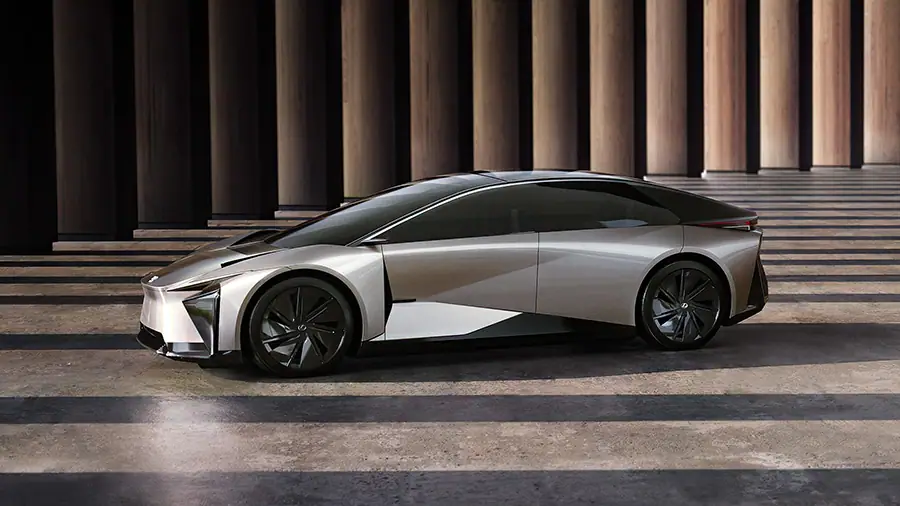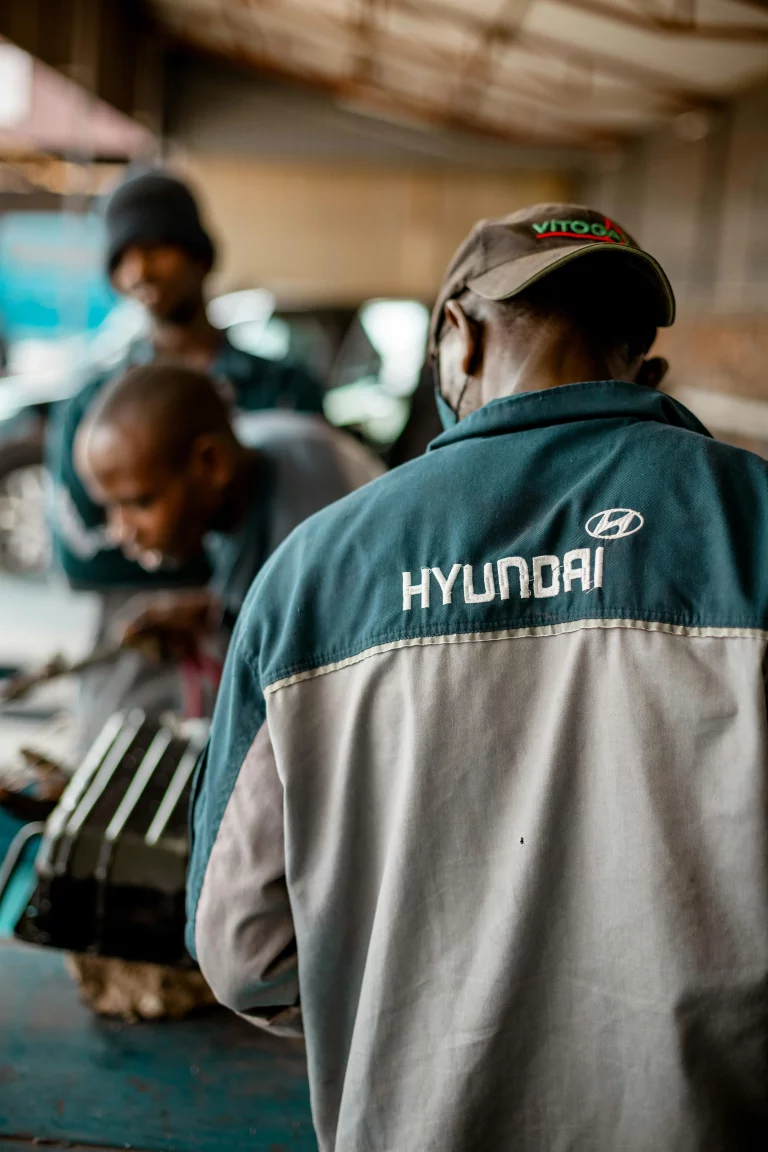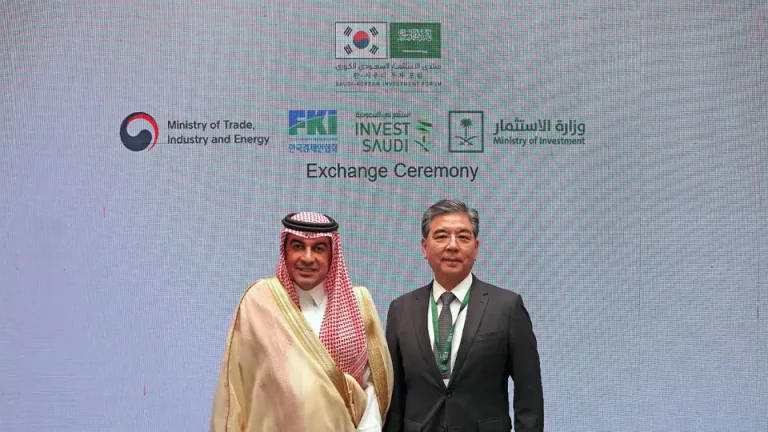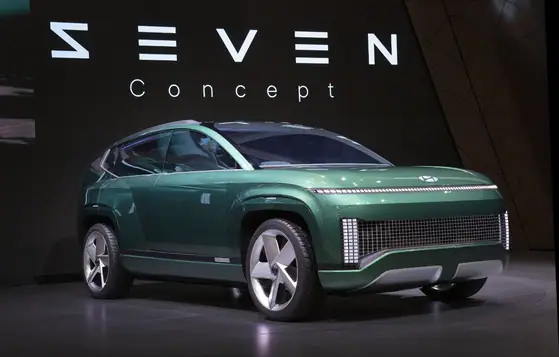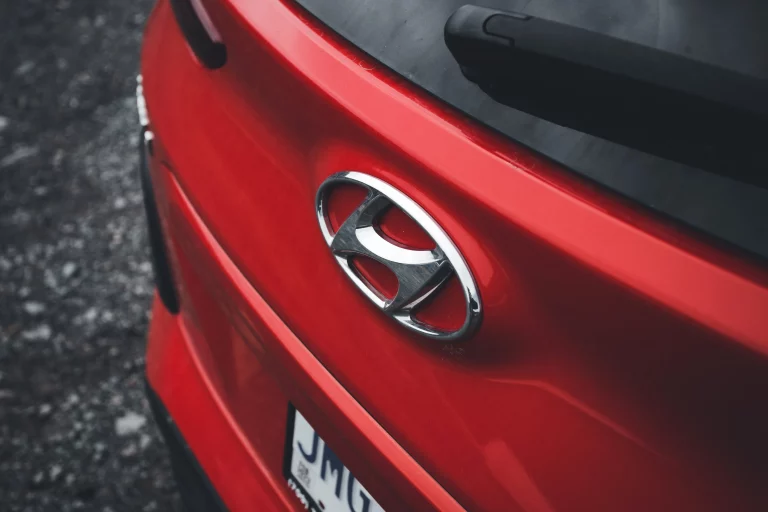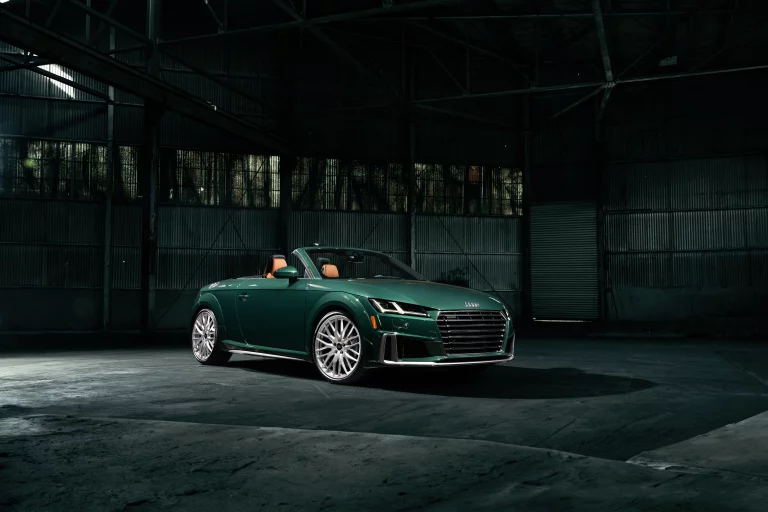Lexus Unveils Next-Generation EV Concept and Vision for the Future of Mobility
Imagining new possibilities for mobility with electric automobiles, Lexus unveiled a number of concept models under the subject “Pushing the Boundaries of the Electrified Experience” at the first Japan Mobility Show 2023. The flagship BEV concept model, LF-ZL, which provides an insight into the brand’s future, and the next-generation Battery Electric Vehicle (BEV) concept car, LF-ZC, which is scheduled for introduction in 2026, made their global debuts at the Lexus exhibit.
By 2035, Lexus plans to become an all-electric brand. This will require a complete overhaul of the vehicle design through the use of a new modular structure, the adoption of state-of-the-art production technologies, and the full integration of a new software platform.
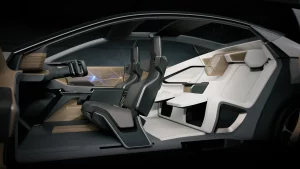
Introduced today, the LF-ZC (Lexus Future Zero-Emission Catalyst) concept is a component of the next generation of Lexus BEVs, which will be on sale in 2026. The model, as its name implies, is the driving force behind new experiences in the era of electric vehicles. It offers enhanced driving dynamics, uncompromising design, and new, unique services, all of which are hallmarks of Lexus’ commitment to building automobiles that improve the lives of discriminating consumers.
The LF-ZL (Lexus Future Zero-Emission Luxury), a BEV vision concept that provides a peek into a future where transportation, people, and society are seamlessly integrated, has joined the production concept. It offers a never-before-seen level of individualized consumer contact with the car and creates unique driving experiences for each individual by observing their behavior and giving continuing suggestions. The goal of this future flagship model is to offer a guilt-free, naturally sustainable luxury lifestyle that allows clients to live true to their needs and preferences while also making a good impact on the environment and society as a whole.
Lexus Unveils Next-Generation EV Concept and Vision for the Future of Mobility |
Driven by next-generation BEV architecture and software innovations from the new Arena OS, the LF-ZL is a concept car that is intended to provide a distinguished ownership experience beyond simply the vehicle. It is a flagship luxury product for Lexus in the future. By maximizing internal space and making use of the flexibility in BEV-specific packaging, the LF-ZL has a roomy and tranquil cabin with classic Omotenashi elements enhanced by technology, providing an unmatched level of mobility.
Lexus has established enhanced information integration that anticipates and learns from the driver’s demands, resulting in a personalized mobility experience, by fully using the Arene OS. Furthermore, it creates new experience value by making a variety of social infrastructure and services interactable. Digital information from the environment is combined with the car’s onboard sensors through “Interactive Reality in Motion*2”. The automobile can improve the interaction between its occupants and their environment by using its display to automatically provide information and voice advice when drivers point to things or locations of interest while driving.
In addition, big data management makes it possible to control the power supply and charging process, which makes it possible for the car to connect to the network and integrate into the community infrastructure even while it is parked. This methodology guarantees the smooth assimilation of mobility solutions into the customer’s way of life.
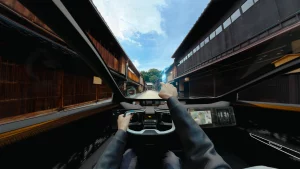
The front, middle, and back of the LF-ZL and future next-generation Lexus EVs will be made up of three sizable “gigacastings,” which together make up the vehicle’s modular construction. This method, which was invented by Tesla, increases stiffness and streamlines production by doing away with several smaller elements that would typically be welded together to make a basic car frame.
According to the company, future Lexus EVs will also come equipped with advanced battery technology, such as prismatic cells, which will provide a greater energy density and less weight to aid in extending range. According to Lexus, the physical structure of the cells will also enable lighter battery packs, enabling a sharper appearance that may enhance aerodynamics.
The new Arena operating system from Lexus parent Toyota is another innovative technological element shown in the LF-ZL prototype. When a driver or passenger spots a site of interest, the car will be able to automatically provide instructions thanks to its ability to interpret data from the onboard sensors and the surrounding surroundings. In order to facilitate the integration of EVs with the grid, Lexus also suggested the “utilization of big data” to control the charging process.
Based on its present technology, Lexus will release additional EVs before these next-generation cars arrive, most likely a three-row SUV. The RZ crossover is currently Lexus’ only electric vehicle for the American market. In some areas, the carmaker also offers the UX crossover in electric form.
In the end, Lexus intends to offer entirely zero-emission cars in the United States, China, and Europe by 2030, and the rest of the globe by 2035. This includes both battery-electric and hydrogen fuel-cell models.

